

|


|
|
1/8 Scale Nitro Rally/Touring Car:
Team Associated RC300
|
Introduced by Team Associated in 1979, the RC300 was probably the most successful of the series, winning numerous ROAR and National championship races, through to 1982.
The 2WD FRP plate and alloy pod pan car design of the RC300, has a fixed axle configuration and a full set of ball bearings.
An RC300 BD version (#2002) was also introduced, replacing the fixed rear axle with a ball differential.
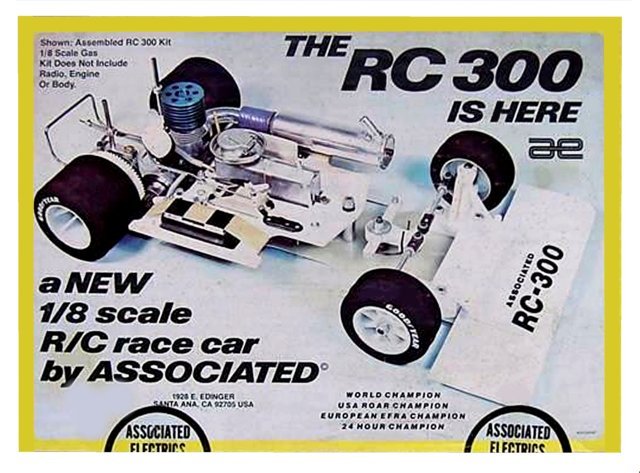
To race the Team Associated RC300, it has to have the best settings for your driving style and provide you with excellent handling and stability. The smallest changes can make a huge difference in the way your car performs on the track and our comprehensive instructions will help you to find the best Set-up to get you where you want to be.








|
|
|

★ Team Associated RC300 Chassis ★
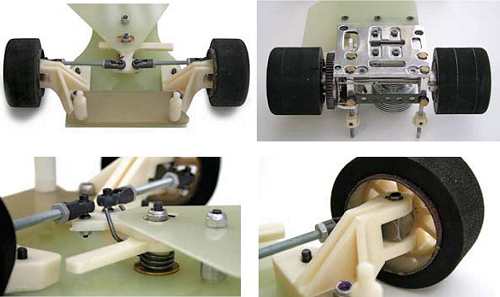
★ Team Associated RC300 Chassis ★
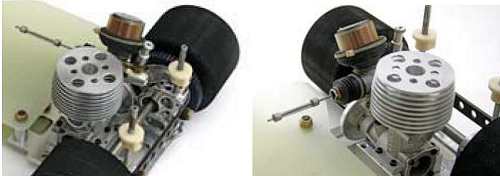
★ Team Associated RC300 Chassis ★
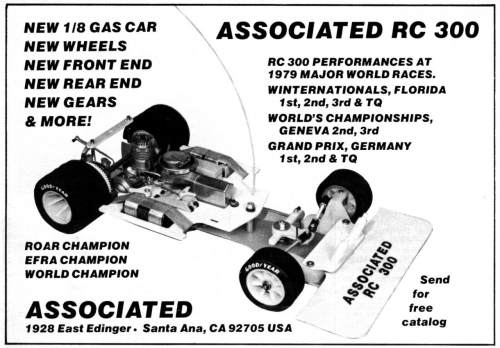
★ Team Associated RC300 Chassis ★
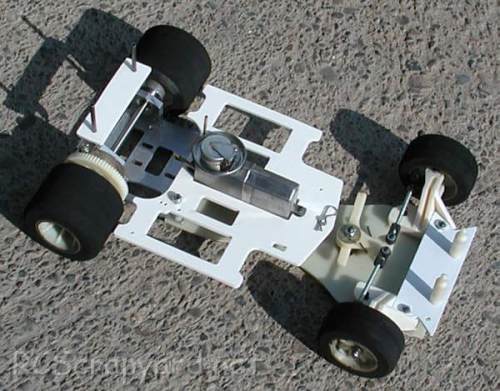
★ Team Associated RC300 Chassis ★
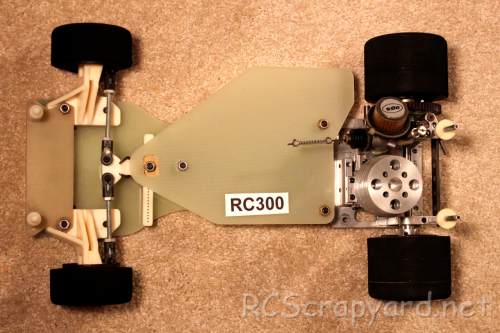
★ Team Associated RC300 BD Ball Differential ★
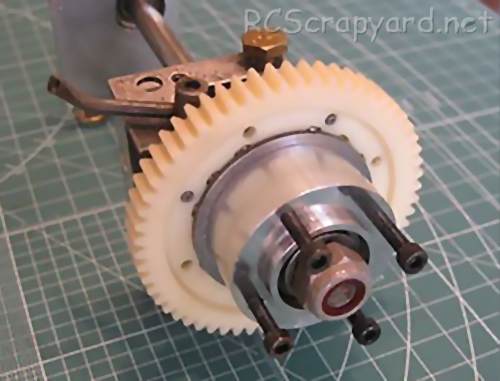
★ Team Associated RC300 BD Axle ★
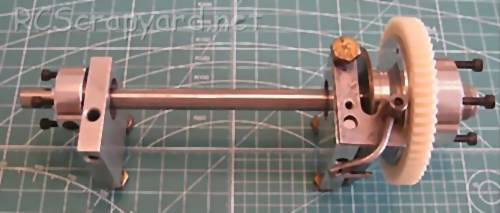
|
Buying a Used Radio Controlled Model
|
|
Manufacturers and Brands Catalogued, Listed and Reviewed by RC-Scrapyard.
At present, the RC Model Manufacturers, Brands and Distributors covered by us are: ABC Hobby, Academy, Acme Racing, Agama Racing, Amewi, Ansmann Racing, ARRMA, Team Associated, Atomic RC, Axial, AYK, Bolink, BSD Racing, Capricorn, Carisma, Carson, Caster Racing, Cen, Corally, Custom Works, Durango, Duratrax, ECX - Electrix, Exceed RC, FG Modellsport, FS-Racing, FTX, Fujimi, Gmade, GS-Racing, Harm, HBX, Helion, Heng Long, Himoto Racing, Hirobo, Hitari, Hobao, Hong-Nor, Hot Bodies, HPI, HSP, Intech, Integy, Jamara, JQ Products, Kawada, Kyosho, Losi, LRP, Maisto, Mardave, Marui, Maverick, MCD Racing, Megatech, Mugen, New Bright, Nichimo, Nikko, Nkok, Ofna, Pro-Pulse, Protech, PTI, RC4WD, Redcat Racing, RJ-Speed, Robitronic, Schumacher, Seben, Serpent, Smartech, Sportwerks, Step-Up, Tamiya, Team-C Racing, Team Magic, Thunder Tiger, Tomy, Top Racing, Traxxas, Trinity, Tyco, Vaterra RC, Venom, VRX Racing, WLToys, X-Factory, Xmods, Xpress, Xray, XTM, Yankee RC, Yokomo, ZD Racing and Zipzaps. |
|
Hints, Tips and Information
Wings
When you think of the Wing or the spoiler on any RC model car, you immediately think of down-force, but which wing is best for your model and what setting should it have? |
|
Hints, Tips and Information
Maintain your Fuel System
Nitro engines need a regulated constant supply of fuel to run efficiently. If this supply is restricted or contaminated in any way, the engine will show problems in a number of ways. |
|
RC Models:
|
Radio & Motors: |
Other
Accessories: |